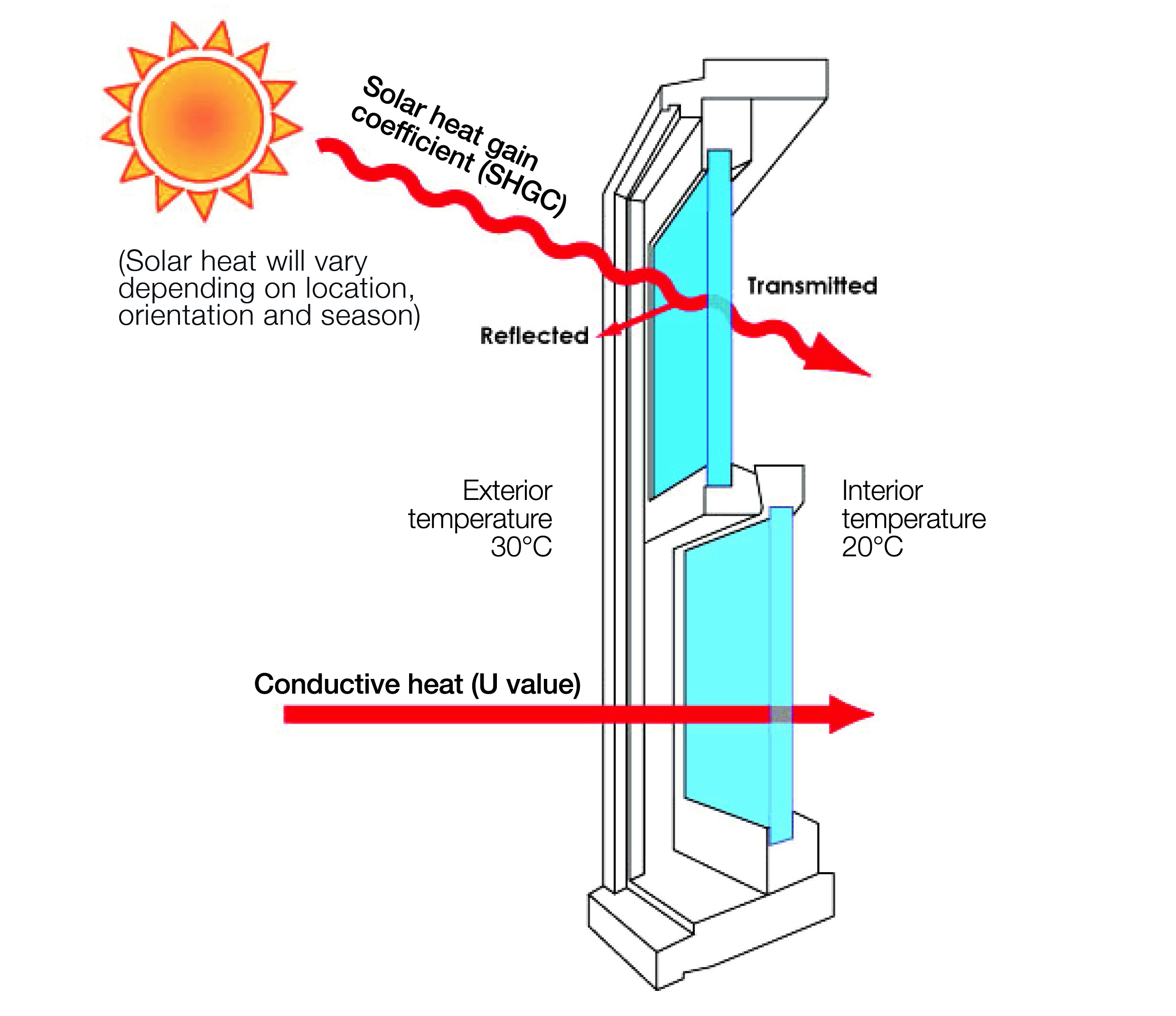All Categories
Featured
Table of Contents
Lifestyle - West Coast Double Glazing in Belmont Western Australia
Glazing just means the windows in your home, consisting of both openable and fixed windows, as well as doors with glass and skylights. Glazing in fact simply implies the glass part, but it is usually utilized to describe all elements of an assembly consisting of glass, movies, frames and furnishings. Focusing on all of these aspects will help you to achieve effective passive style.

Energy-efficient glazing makes your home more comfortable and significantly reduces your energy costs. Inappropriate or inadequately designed glazing can be a significant source of unwanted heat gain in summertime and substantial heat loss and condensation in winter. As much as 87% of a home's heating energy can be gotten and as much as 40% lost through windows.
Double Glazing in Scarborough WA
Glazing is a considerable financial investment in the quality of your house. An initial financial investment in energy-efficient windows, skylights and doors can considerably lower your annual heating and cooling expense.

This tool compares window selections to a base level aluminium window with 3mm clear glass. Understanding some of the essential homes of glass will assist you to choose the best glazing for your home. Key homes of glass Source: Adapted from the Australian Window Association The quantity of light that goes through the glazing is known as noticeable light transmittance (VLT) or noticeable transmittance (VT).
The Ultimate Guide To Double Glazed Windows in Bertram WA
This might lead you to turn on lights, which will lead to greater energy costs. Conduction is how easily a material carries out heat. This is understood as the U worth. The U value for windows (revealed as Uw), describes the conduction of the whole window (glass and frame together). The lower the U value, the higher a window's resistance to heat flow and the better its insulating worth.
For instance, if your home has 70m2 of glazing with aluminium frames and clear glass with a U worth of 6. 2W/m2 C, on a winter season's night when it is 15C cooler outside compared with inside your home, the heat loss through the windows would be: 6. 2 15 70 = 6510W That is comparable to the overall heat output of a large space gas heater or a 6.
Which Double Glazing Company Is The Best? in Morley Western Australia

If you select a window with half the U value (3. 1W/m2 C) (for instance, double glazing with an argon-filled gap and less-conductive frames), you can halve the heat loss: 3. 1 15 70 = 3255W The solar heat gain coefficient (SHGC) for windows (revealed as SHGCw) measures how easily heat from direct sunshine flows through a whole window (glass and frame together).
The lower a window's SHGC, the less solar heat it transmits to the house interior. Glazing producers state an SHGC for each window type and design. Nevertheless, the actual SHGC for windows is affected by the angle that solar radiation strikes the glass. This is known as the angle of incidence.
Faq in Mindarie Perth
When the sun is perpendicular (at 90) to the glass, it has an angle of occurrence of 0 and the window will experience the maximum possible solar heat gain. The SHGC stated by glazing manufacturers is always calculated as having a 0 angle of occurrence. As the angle increases, more solar radiation is reflected, and less is transmitted.
Table of Contents
Latest Posts
Double Glazing Vs. Triple Glazing: Which Is Worth It? in Koondoola WA
Fitting A Cabin In Your Garden? Get Double Glazing Fitted Too in Churchlands Western Australia
Why Should You Have Double-glazed Windows This Summer? in Stirling Perth
More
Latest Posts
Double Glazing Vs. Triple Glazing: Which Is Worth It? in Koondoola WA
Fitting A Cabin In Your Garden? Get Double Glazing Fitted Too in Churchlands Western Australia
Why Should You Have Double-glazed Windows This Summer? in Stirling Perth